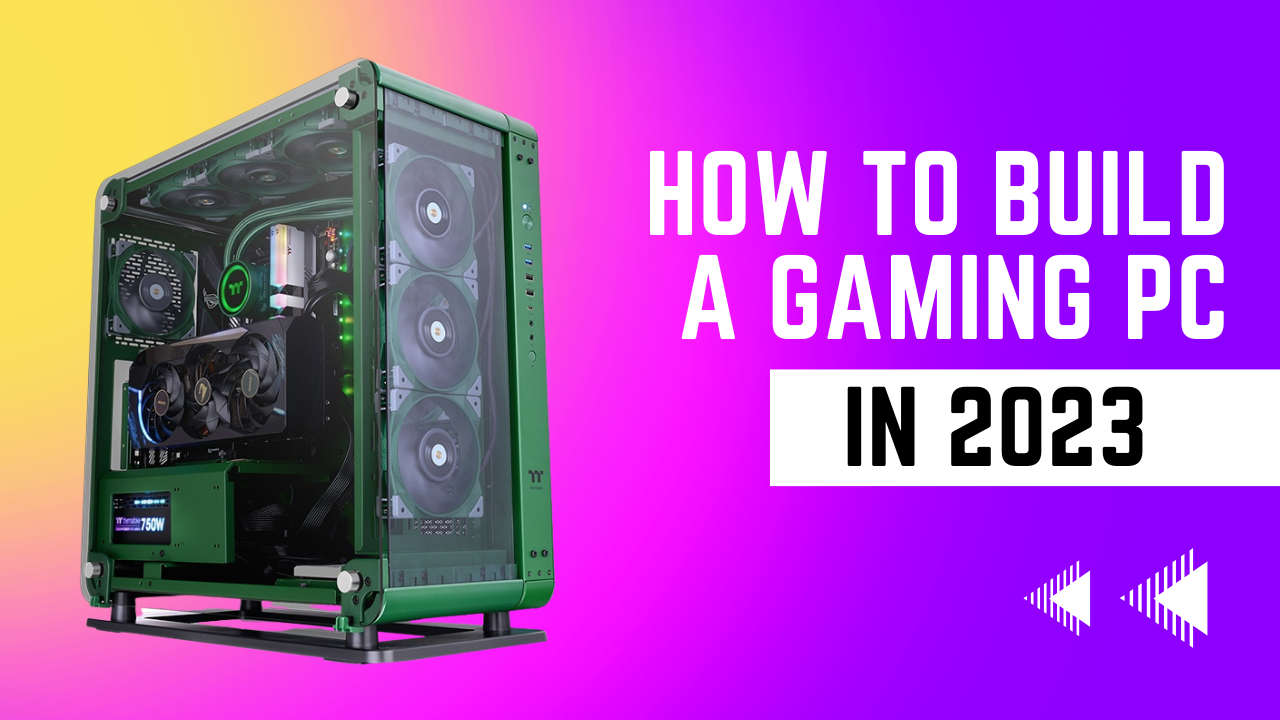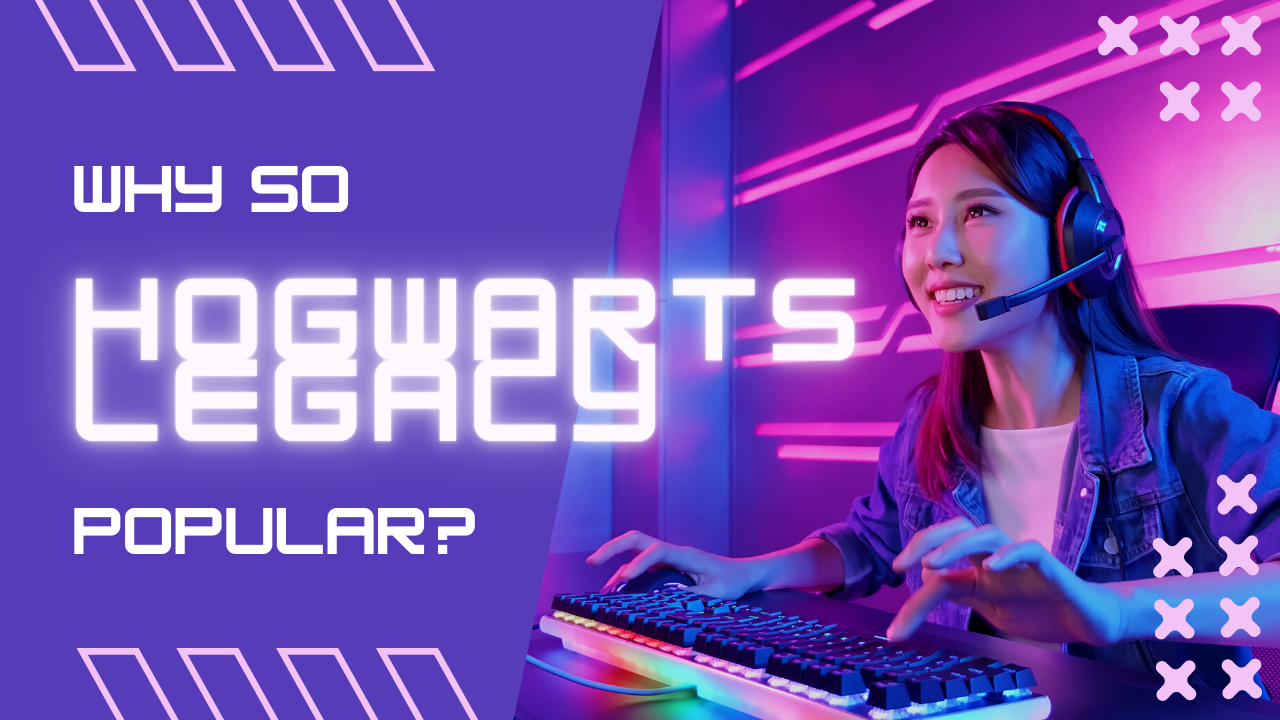GPU overclocking is the process of making a graphics card run faster than its manufactured speed. Overclocking your graphics processing unit (GPU) can be beneficial for gamers who want to get the most out of their gaming PC, as it can improve game performance and increase frame rate. It may also be useful for users who need faster graphics processing for tasks such as video editing, graphics designing, and 3D modeling.
This is a popular technique for experienced PC gamers and those in need of high-end graphics processing power. When done safely and correctly, it can be a great way to get the most out of your Graphics Card and gaming experience. This guide will help you understand more about GPU overclocking and how to safely go about doing it on your PC.
First, you should familiarize yourself with the type of graphics card you have and any manufacturer warranty information about overclocking it. You should also make sure your Graphics Card has adequate cooling, as running it at higher temperatures can lead to serious damage or even total failure.
Once you’re ready to begin, find specialized overclocking software like MSI Afterburner or EVGA Precision X1. With these tools, you can control voltages, fan speeds, memory frequencies, and other settings to customize your graphics card. After making any adjustments, be sure to use benchmarking software like 3DMark or MSI Kombustor to test the performance of your Graphics Card before and after overclocking it.
Once you’ve overclocked your graphics card, it is important to monitor it. GPU monitoring tools such as GPU-Z or MSI Afterburner can help keep track of temperatures, voltages, and other settings for the Graphics Card. If any of these values become too high or unstable, reduce the Graphics Card's overclocking settings or turn off the overclock completely. If average GPU temperatures hit above 90°C, you might want to adjust your settings.
GPU overclocking can be a great way to get more performance out of your Graphics Card and gaming PC, but it is important to understand the risks associated with modifying your Graphics Card before attempting to do so. When done carefully and correctly, GPU overclocking can provide a noticeable boost in performance without sacrificing stability or risking damage to your Graphics Card.
In conclusion, GPU overclocking can be a great way to boost the performance of your Graphics Card and gaming PC, but caution should be taken before attempting it. Research the Graphics Card you have, take all necessary precautions, use specialized software and tools for overclocking, benchmark and test properly, and monitor the Graphics Card while overclocked to ensure it is running stably and efficiently. With all this in mind, GPU overclocking can provide a great boost in performance and an even better gaming experience.
By following the tips in this article, you should be able to properly overclock your Graphics Card and get the most out of it. It is important to remember that overclocking can be risky, so make sure you understand all the risks associated with it before attempting it. Good luck!
Happy overclocking! :)




